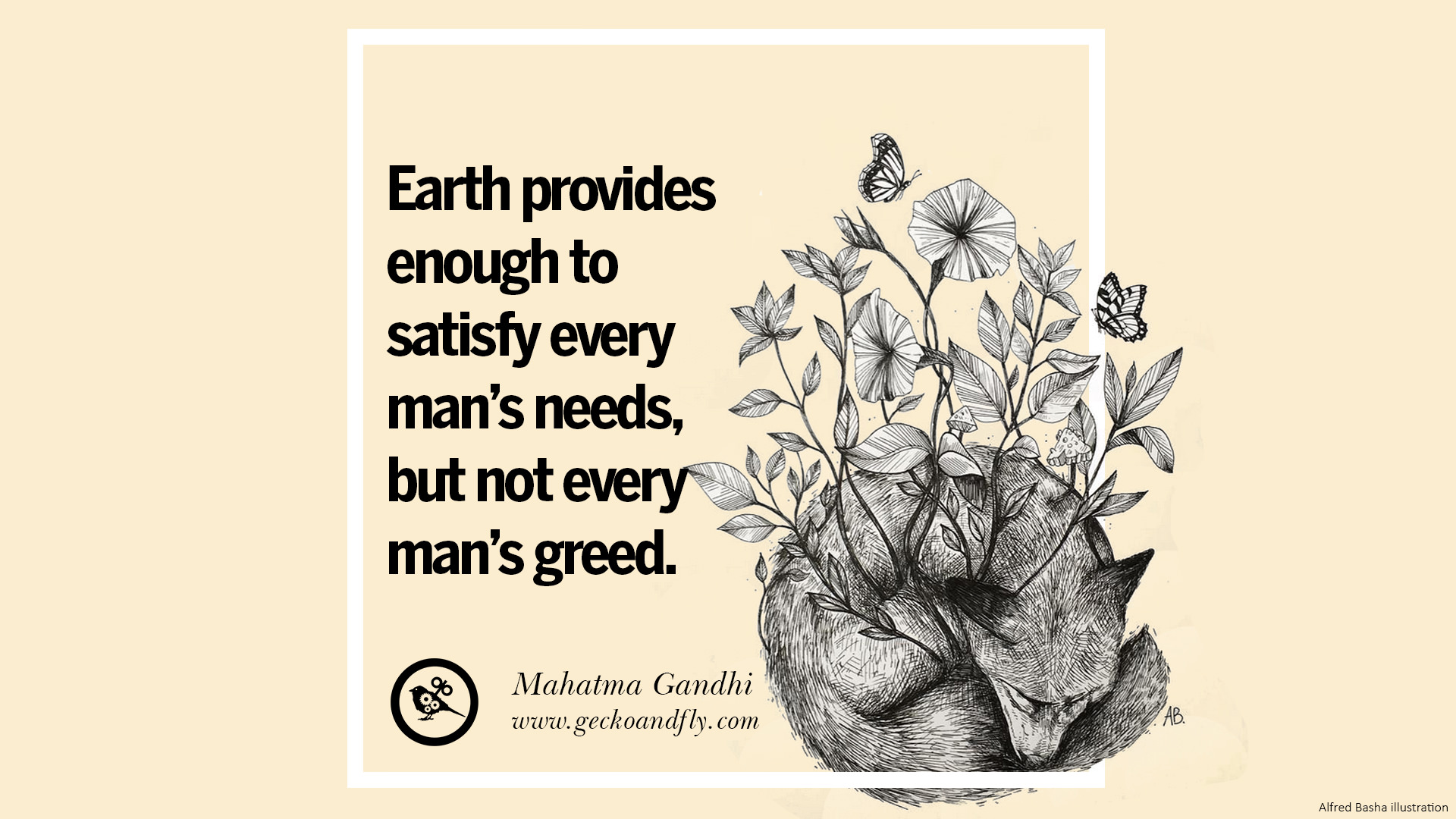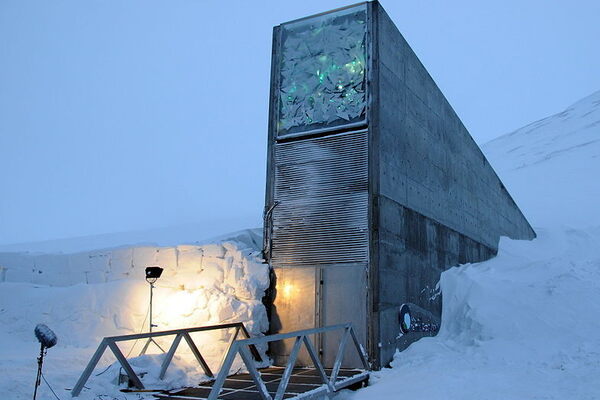we all know of this world famous plant gene bank, or at least should do,and be proud
Could a Gene Bank Save Endangered Plants From Extinction?
A “plant studbook” might help botanic gardens bring rare breeds back from the brink.
BY
LORRAINE BOISSONEAULTNOVEMBER 1, 2019
Brighamia insignis, shown here in a botanic garden, is known as the
‘ōlulu in Hawaiian; in English, it’s jokingly called “cabbage on a stick.” STEVE PRIDGEON/ALAMY STOCK PHOTO
In This Story
![]()
PLACE
Svalbard Seed Bank
![]()
DESTINATION GUIDE
Hawaii
IT WAS 2013, AND BOTANIST Seana Walsh had a pollen problem. She was working at the National Tropical Botanical Garden on Kaua’i, trying to breed a severely endangered Hawaiian plant.
Brighamia insignis is known as the
‘ōlulu in Hawaiian; in English, it’s jokingly called “cabbage on a stick.” But when Walsh tried to collect pollen from the staminal columns of different flowers in the garden, almost nothing came off. The little pollen Walsh did collect turned out to have extremely low viability—similar to low sperm count in animals. For the
‘ōlulu, this meant low odds of the plants successfully reproducing.
The urgency of Walsh’s work came from an alarming fact: Only one
‘ōlulu plant was known to exist in the wild, hanging from its preferred cliffside habitat on Kaua’i’s Nā Pali coast. Walsh had never seen that particular individual, but she’d visited other plants in botanical gardens across the Hawaiian Islands. Now, she was
studying the plant’s breeding strategy (likely accomplished with help from moths in the wild) and attempting to coax the reproductive process along by hand.
One of the last-known* wild ‘ōlulu plants, hanging from its preferred cliffside habitat on Kaua’i’s Nā Pali coast. This specimen is gone, but scientists recently used drones to try and find out if the last-known individual was still living. KEN WOOD/NATIONAL TROPICAL BOTANICAL GARDEN
Walsh wasn’t sure what had caused the paltry pollen harvest. Maybe it was the result of environmental differences between the botanical garden and the natural habitat—it might be hotter or drier, for example, or lacking certain nutrients in the soil. Or maybe there was some
Hapsburg effect happening: the plants had experienced too much inbreeding.
But what if Walsh could play matchmaker for
Brighamia insignis plants with drastically different genes? Botanical gardens and private greenhouses around the world have cultivated thousands of them and other plants, in part to study and preserve species that are rare, or
potentially useful. Maybe she could mix and match distinct individuals from the same species, creating a more genetically robust population of plants, and then return those healthy cabbages to the wild.
RELATED
How Hawaiʻi Recognizes Its Best and Brightest … Trees
The state has some strict standards to be named an exceptional tree, and competition is pretty stiff.
READ MORE
![]()
Walsh and colleagues envision what they call a
plant studbook. The idea came from a tool for captive breeding in zoos: population management software, or PMX, which works to track the lineage of different species. Say you’ve got Siberian tigers in a dozen zoos around the world, but don’t know which individuals would be best suited as mates. If the species is being tracked by the software, it’s relatively easy to answer that question. (The logistics of bringing the new couple together may be a lot more complicated.)
Only 80 percent of plant species are amenable to the seed banking technique used at sites such as this one, the Svalbard Global Seed Vault in Norway. GETTY/TIM E WHITE
Often, when plants are as rare as the
‘ōlulu, they’ll be preserved in seed banks such as the
Svalbard Global Seed Vault. But only 80 percent of plant species are
Could a Gene Bank Save Endangered Plants From Extinction?










































